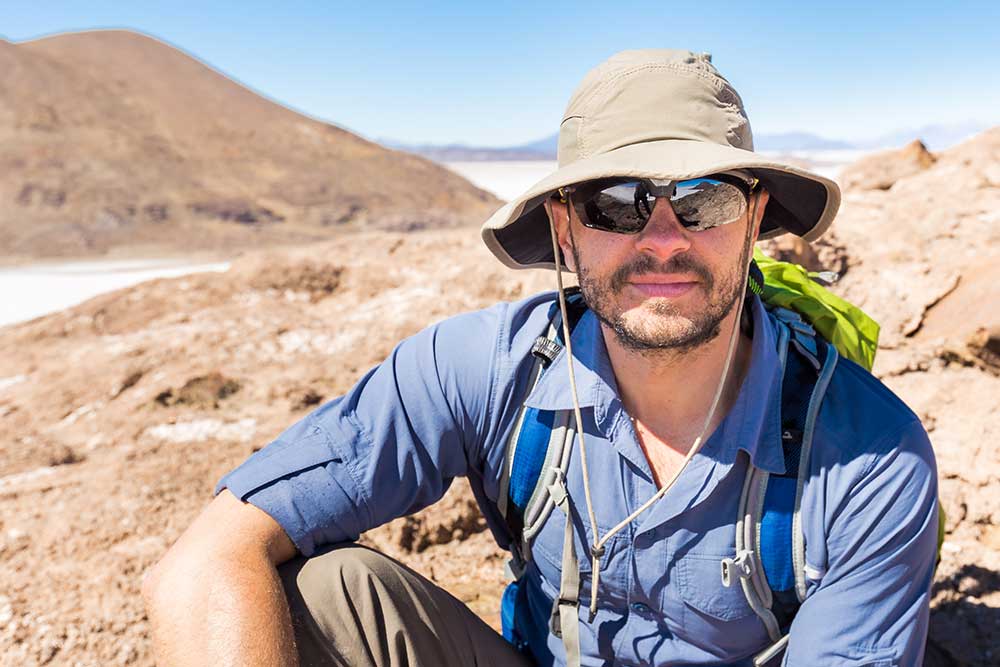All Categories
Featured
Table of Contents
What Would I Be Doing As A Geophysicist? in Lynwood Australia 2021

(PREM)., and the limits in between layers of the mantle are consistent with phase shifts.

Schematic of Earth's magnetosphere. Circulations from left to.
Inside the magnetosphere, there are relatively dense regions of solar wind particles called the Van Allen radiation belts. Geophysical measurements are normally at a specific time and place. Accurate measurements of position, in addition to earth deformation and gravity, are the province of geodesy. While geodesy and geophysics are separate fields, the two are so closely connected that numerous scientific organizations such as the American Geophysical Union, the Canadian Geophysical Union and the International Union of Geodesy and Geophysics incorporate both.
What Are Geophysical Surveys & Why Do They Matter in Wexcombe Oz 2020
, combines astronomical coordinates and the local gravity vector to get geodetic collaborates. This method only supplies the position in 2 collaborates and is more tough to use than GPS.
Gravity measurements became part of geodesy because they were needed to associated measurements at the surface area of the Earth to the recommendation coordinate system.
Satellites in area have actually made it possible to collect information from not only the visible light area, however in other areas of the electromagnetic spectrum. The worlds can be defined by their force fields: gravity and their electromagnetic fields, which are studied through geophysics and area physics. Determining the changes in velocity experienced by spacecraft as they orbit has actually enabled great information of the gravity fields of the worlds to be mapped.
Consumer Guide To Geological And Geophysical Services ... in Kinross Australia 2020

Given that geophysics is worried with the shape of the Earth, and by extension the mapping of features around and in the world, geophysical measurements consist of high accuracy GPS measurements. As soon as the geophysical measurements have actually been processed and inverted, the interpreted results are plotted using GIS.
Many geophysics business have created in-house geophysics programs that pre-date Arc, GIS and Geo, Soft in order to meet the visualization requirements of a geophysical dataset. Expedition geophysics is used geophysics that often utilizes remote sensing platforms such as; satellites, airplane, ships, boats, rovers, drones, borehole picking up devices, and seismic receivers.
For instance, aeromagnetic information (aircraft gathered magnetic information) gathered using conventional fixed-wing aircraft platforms should be corrected for electro-magnetic eddy currents that are produced as the airplane moves through Earth's magnetic field. There are also corrections connected to modifications in determined potential field intensity as the Earth rotates, as the Earth orbits the Sun, and as the moon orbits the Earth.
Geophysical Survey Next Step In Carbon Storage Study in Kensington Aus 2023
Signal processing includes the correction of time-series information for undesirable sound or mistakes introduced by the measurement platform, such as airplane vibrations in gravity data. It also involves the decrease of sources of sound, such as diurnal corrections in magnetic data., meteorology, and physics.
The magnetic compass existed in China back as far as the fourth century BC. It was used as much for feng shui when it comes to navigation on land. It was not till great steel needles might be forged that compasses were utilized for navigation at sea; prior to that, they could not maintain their magnetism enough time to be beneficial.
By looking at which of eight toads had the ball, one could determine the instructions of the earthquake. It was 1571 years before the very first style for a seismoscope was released in Europe, by Jean de la Hautefeuille. It was never ever built. Among the publications that marked the start of modern-day science was William Gilbert's (1600 ), a report of a series of meticulous experiments in magnetism.
Geophysics in Middle Swan Western Australia 2021
In 1687 Isaac Newton released his, which not only laid the foundations for classical mechanics and gravitation however also discussed a range of geophysical phenomena such as the tides and the precession of the equinox. The very first seismometer, an instrument capable of keeping a continuous record of seismic activity, was built by James Forbes in 1844. Geochemistry, Geophysics, Geosystems. National Aeronautics and Space Administration. Retrieved 13 November 2018.
Runcorn, S.K, (editor-in-chief), 1967, International dictionary of geophysics:. Pergamon, Oxford, 2 volumes, 1,728 pp., 730 fig Geophysics, 1970, Encyclopaedia Britannica, Vol. Intro to seismology (2nd ed.).
Latest Posts
Geophysical Survey Methods in Western Australia 2021
Geophysicist Salary in Wembley Downs Aus 2021
Bsc Geophysics in Safety Bay WA 2023